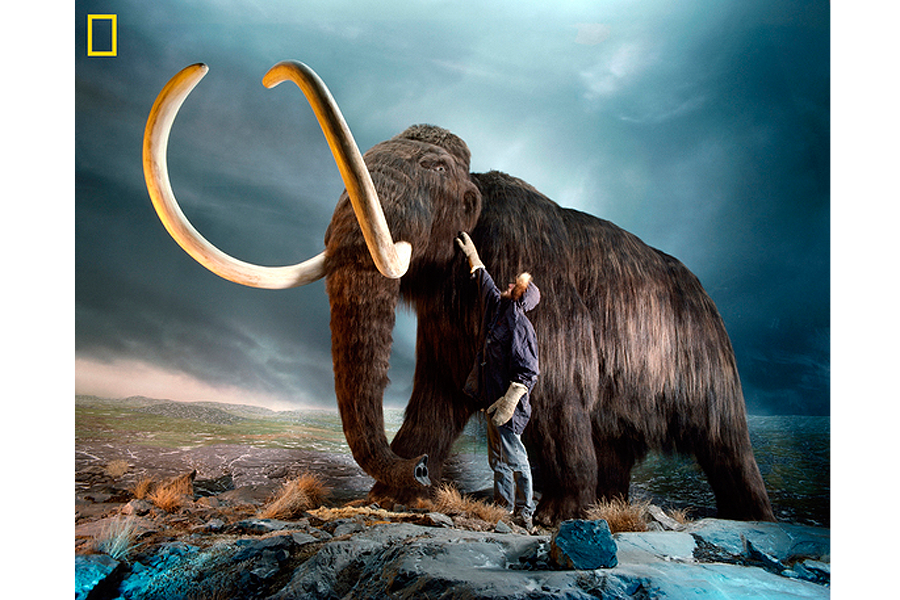The last of the woolly mammoths may have suffered serious birth defects, say scientists
Loading...
The last of the woolly mammoths may have suffered from high rates of devastating birth defects, new research suggests.
Fossils of mammoths found near the North Sea and dating to the late Pleistocene, about 12,000 years ago, frequently sported extra ribs along their neck vertebrae. Though harmless on their own, these cervical ribs are often signs of development gone awry. A 2006 study of extra cervical ribs in humans published in the journal Evolution found that about 78 percent of fetuses with cervical ribs die before birth; 86 percent of fetuses that develop with these extra ribs won't make it to their first birthday.
The mammoth rib study began with the discovery of three neck vertebrae in the North Sea during a construction project in the Rotterdam Harbor. Two out of the three vertebrae showed signs that ribs had once been attached: smooth surfaces where bones once joined and a lack of normal openings for blood vessels and nerves. [Image Gallery: Stunning Mammoth Bones Unearthed]
"We knew these were just about the last mammoths living there, so we suspected something was happening. Our work now shows that there was indeed a problem in this population," study researcher Jelle Reumer, a paleontologist at the Natural History Museum of Rotterdam and Utrecht University, said in a statement.
Reumer and his colleagues scoured the collections of the Natural History Museum of Rotterdam and the Naturalis Biodiversity Center in Leiden, Netherlands. They found 16 neck vertebrae from mammoths (Mammuthus primigenius) and were able to analyze nine of them. Of those nine, three had once been attached to cervical ribs, they found.
Despite the small sample of bones studied, the number was surprising. In modern elephants, the researchers found, only about 3.6 percent have cervical ribs — about 10 times less than what was seen in the last mammoths of the North Sea region. In modern humans, only about 1 in 100 people have cervical ribs.
The presence of cervical ribs is linked with catastrophic developmental mishaps. For example, children with certain types of leukemia and other childhood cancers are more likely to have cervical ribs than healthy kids, according to a 2005 study detailed in the European Journal of Medical Genetics.
There are two likely explanations for the high rate of cervical ribs in late mammoths, Reumer and his colleagues write today (March 25) in the open-access journal PeerJ. One is inbreeding, which brings with it a higher-than-usual rate of genetic defects and cervical ribs compared with the normal population. The other is prenatal stress, perhaps due to famine or disease faced by mother mammoths in the last days before extinction.
"The high incidence and large size of the cervical ribs indicates a strong vulnerability, given the association of cervical ribs with diseases and congenital abnormalities in mammals," the researchers wrote. "The vulnerable condition may well have contributed to the eventual extinction of the woolly mammoths."
Follow Stephanie Pappas on Twitter and Google+. Follow us @livescience, Facebook & Google+. Original article onLive Science.
- Image Gallery: 25 Amazing Ancient Beasts
- 6 Extinct Animals That Could Be Brought Back to Life
- Wipe Out: History's Most Mysterious Extinctions
Copyright 2014 LiveScience, a TechMediaNetwork company. All rights reserved. This material may not be published, broadcast, rewritten or redistributed.







